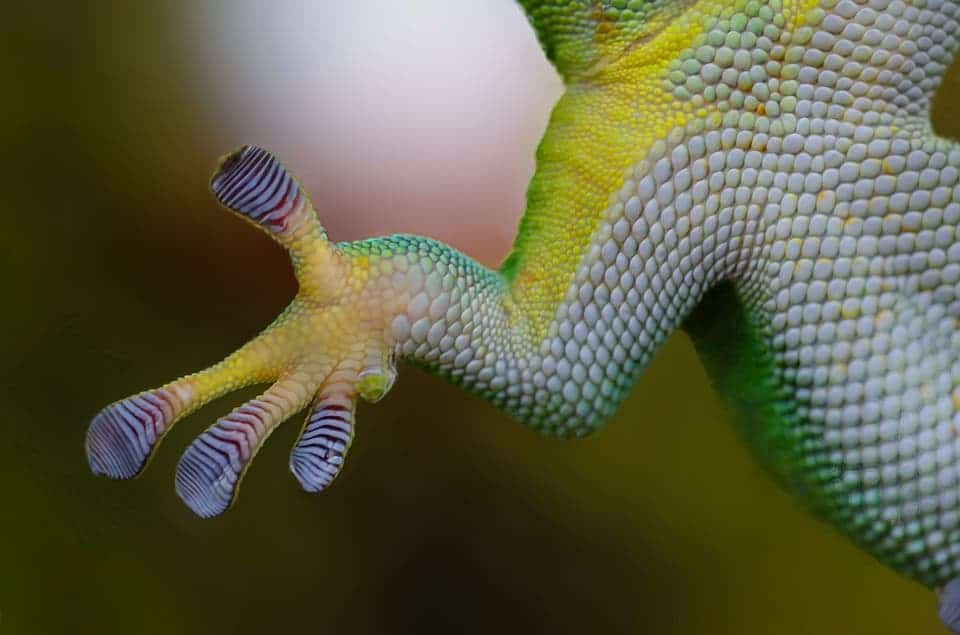True to their quest of proving mere mortals wrong at every opportunity, researchers have determined that no, handedness isn’t determined by the brain.

An international team of researchers led by biopsychologists at Ruhr-Universität Bochum have determined that it’s not our brains that make us left- or right-handed, but our spinal cords. The distinction arises through asymmetrical gene expression in the spinal cord that starts taking place even before birth.
“These results fundamentally change our understanding of the cause of hemispheric asymmetries,” the paper reads.
Idle hands
Like most people, you’ve probably pondered what determines handedness at one point or another. Also like most people, you’ve probably figured it’s something to do with the brain then called the issue settled with a wave of your preferred hand.
Up to now, most research pointed to the same conclusion. Ultrasound investigations carried out in the 1980s showed that unborn children develop a preference for moving the left or right hand by the eight week in the womb. By the 13th week, a clear bias for sucking on the left or right thumb became evident, according to a different study. The prevailing theory was that this comes down to differences in gene expression between the brain’s right and left hemispheres — after all, they control our limbs’ movement.
A new study published in the journal eLife shows that this isn’t the case, however. Limb movement is indeed initiated in the motor cortex, and then passed on to the spinal cord which translates this command into movement. But in the early days of our development, the spinal cord isn’t directly connected to the motor cortex — and evidence of handedness arises even before this connection forms.
This led the team to suspect that the handedness doesn’t arise from the motor cortex, but rather in the spinal cord.
Gaining an upper hand
To test their theory, the researchers analyzed gene expression in the spinal cord while handedness seems to set in — between the eighth to the twelfth week of pregnancy. They focused their attention on the areas that are involved in passing on movement commands to the limbs.
By looking at mitochondrial RNA expression and DNA methylation processes (which can shut down a gene without removing it from the genome) in the spinal cords of five fetuses, the team found several gene expression asymmetries between the left and right sides.
“Our findings suggest that molecular mechanisms for epigenetic regulation within the spinal cord constitute the starting point for handedness, implying a fundamental shift in our understanding of the ontogenesis of hemispheric asymmetries in humans.
The cause, they say, isn’t genetic — rather, they believe these asymmetries arise from developmental and environmental factors. These myriad factors add together and can lead to methylation in some parts of the genome. As this process takes place at a different intensity in the left and right parts of the spinal cord, the same genome ends up expressing differently between the two sides.
Right now, there isn’t enough evidence to prove or refute the theory. It doesn’t really fit in with what we believed about handedness up to now, so more research (with bigger samples) are needed before we re-write medicine textbooks.
But it does raise the possibility that our handedness is determined even before our brains have a say about it. That just like us, our brains have to play the hand they’re dealt.
The full paper “Epigenetic regulation of lateralized fetal spinal gene expression underlies hemispheric asymmetries” has been published in the journal eLife.
Was this helpful?



